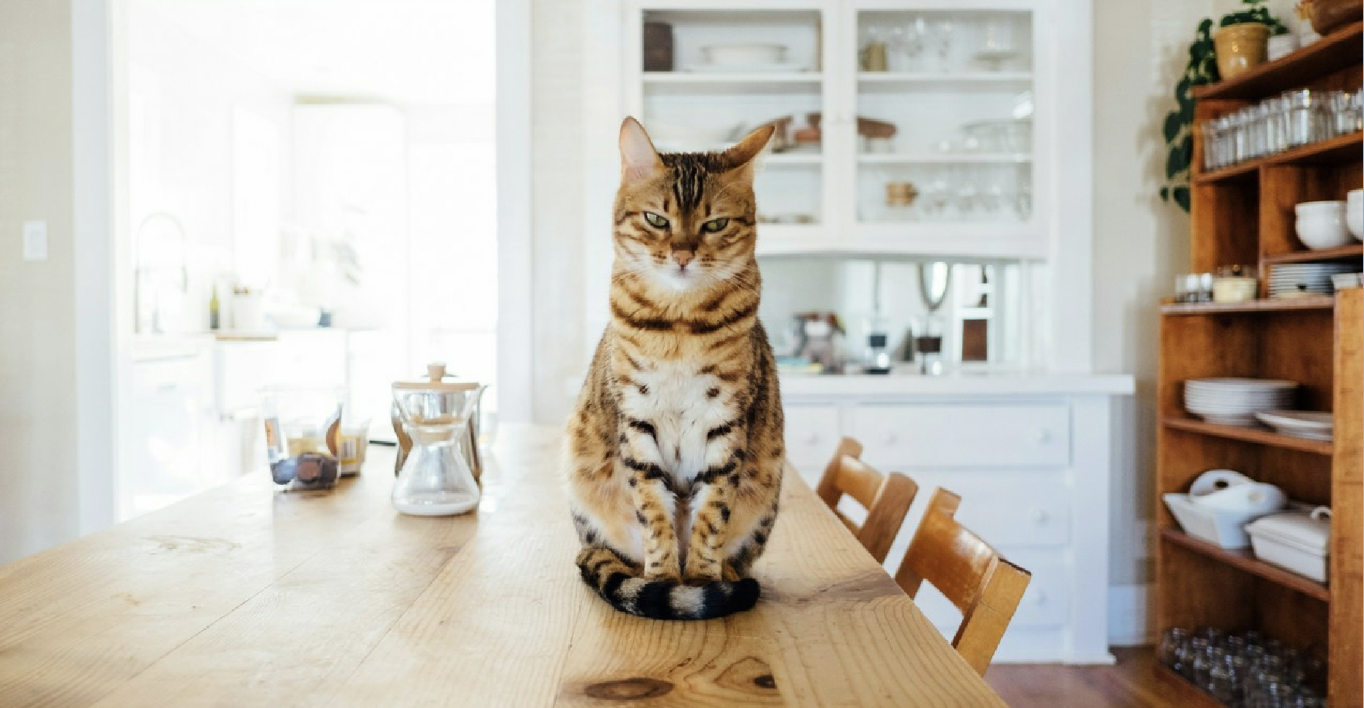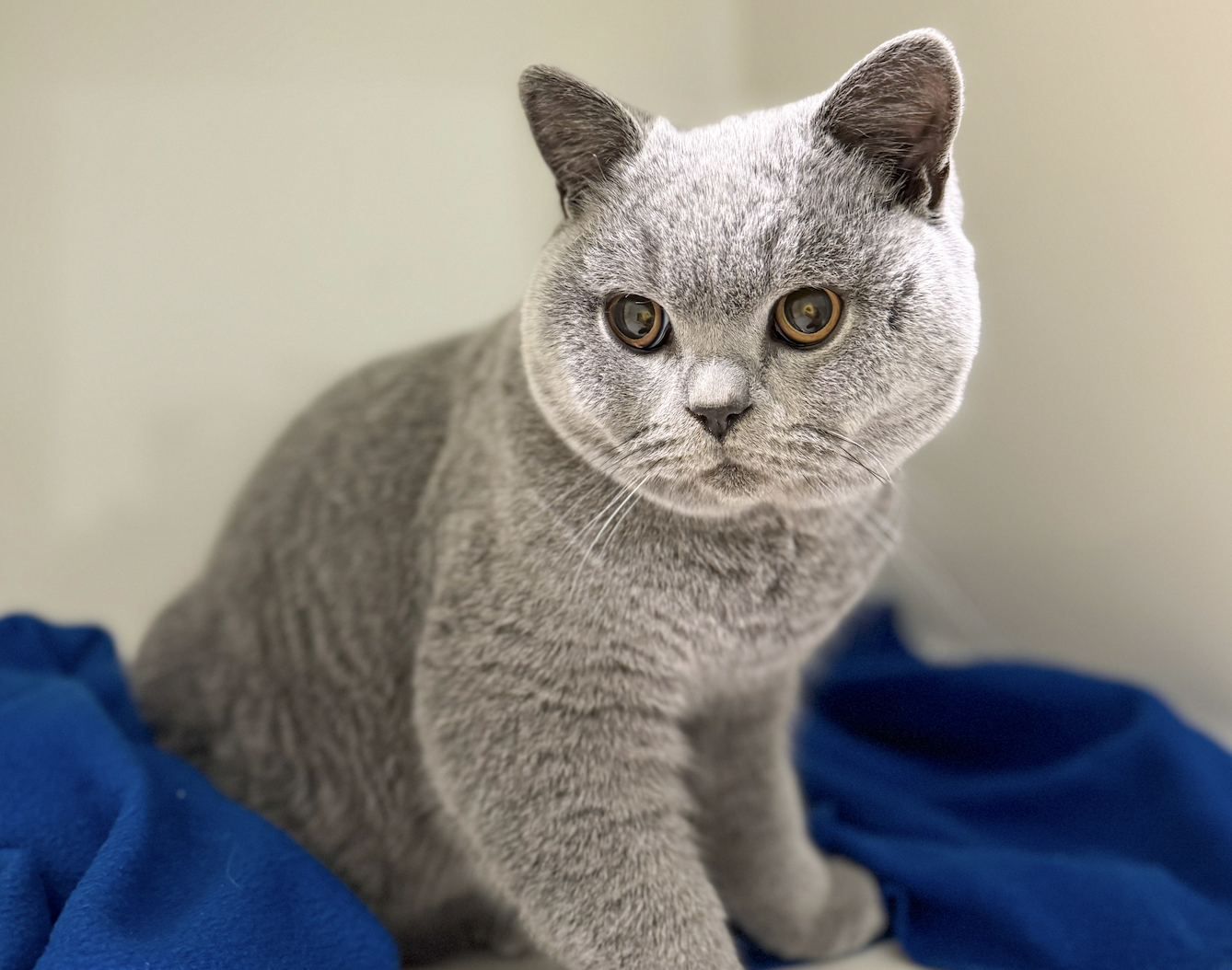
Solitary animals
Cats are naturally solitary animals, but they have adapted to living in groups (the household). However, living with other cats doesn't always go smoothly. Sometimes the cats become friends, sometimes they tolerate each other in the home, and sometimes they fight fiercely. Therefore, it is advisable to seek proper information if you are considering adding another cat to a home where one already lives.
Undesirable behavior
If cats do not feel comfortable in an environment, they will express this in various ways. This can include urinating in the house, displaying aggressive behavior, or self-mutilation (licking or biting themselves). If a cat exhibits such behavior, it is important to identify the underlying cause (often stress) and try to address it. This can be a significant challenge.
If your cat is urinating in the house, please contact us: we have extensive information on this matter.


From kitten to adult cat
Kittens are legally allowed to go to a new owner from 8 weeks of age, although some people wait until 12 weeks to further socialize the kitten. At 9 and 12 weeks, most kittens are vaccinated against feline distemper and cat flu. It is not mandatory to have cats microchipped, but it is certainly recommended. Especially if cats spend a lot of time outdoors, there is a chance they may get lost or have an accident. In such cases, it is helpful if the owner can be quickly located.
Most cats reach sexual maturity at 6-7 months of age. To prevent unwanted litters, we recommend having female cats spayed at 6 months of age. Unneutered male cats may roam far from home, fight more, spray indoors, and, of course, father kittens. Therefore, we advise neutering male cats at 6 months of age.
The senior cat
Cats are considered seniors from the age of 10, although they can live up to 20 years. This is because certain diseases are more common in older cats, and this begins from the age of 10. The main age-related health issues seen in cats are:
Chronic kidney diseaseThe kidneys gradually wear down and become less efficient at filtering waste and concentrating urine. As a result, the animals may urinate and drink more, and in advanced stages, they may start vomiting, become lethargic, and lose weight. If we detect this in its early stages, we can attempt to slow the progression of the disease as much as possible.
An overactive thyroid gland (also known as hyperthyroidism)This is caused by a (in most cases) benign tumor of the thyroid gland, which leads to the production of excessive thyroid hormone, resulting in an overly fast metabolism. As a result, the cat will burn a lot of energy and become thin, but still have an increased appetite. Additionally, all organs must work faster (including the heart and kidneys), which can lead to an enlarged heart muscle and kidney wear. This condition can be effectively treated in various ways.
Osteoarthritis: Many cats have difficulty showing when they are in pain, but this does not mean they do not experience it. Research has shown that cats from the age of 10-12 can develop arthritis in their joints (especially in the back, wrists, and hocks). As a result, they may move less, find it harder to jump, or sleep more. For cats with arthritis, we can attempt to provide a pain-free life through various measures (supplements, diet, pain management).
High blood pressure (also known as hypertension)This is a common issue in older cats, often occurring alongside thyroid problems and/or kidney disease. High blood pressure is often not noticed by owners in the early stages, but persistent high blood pressure can lead to blindness in cats, as the pressure on the retina becomes too high. Therefore, blood pressure is something we check in older cats during their annual health check-up. If the blood pressure is too high, we can lower it with medication.
As you can see, there are many senior diseases in cats, but if we diagnose them early, we have many therapeutic options to provide cats with a comfortable life. For this reason, we offer a special senior screening for cats from 10 years of age. During this screening, we pay extensive attention to, among other things, the issues mentioned above, examine the cat, measure its blood pressure, and take blood and urine samples to assess the cat's health. If any abnormalities are found, we can begin treatment immediately, sometimes even before the cat shows clinical symptoms. Together, we can keep your cat as healthy as possible!

